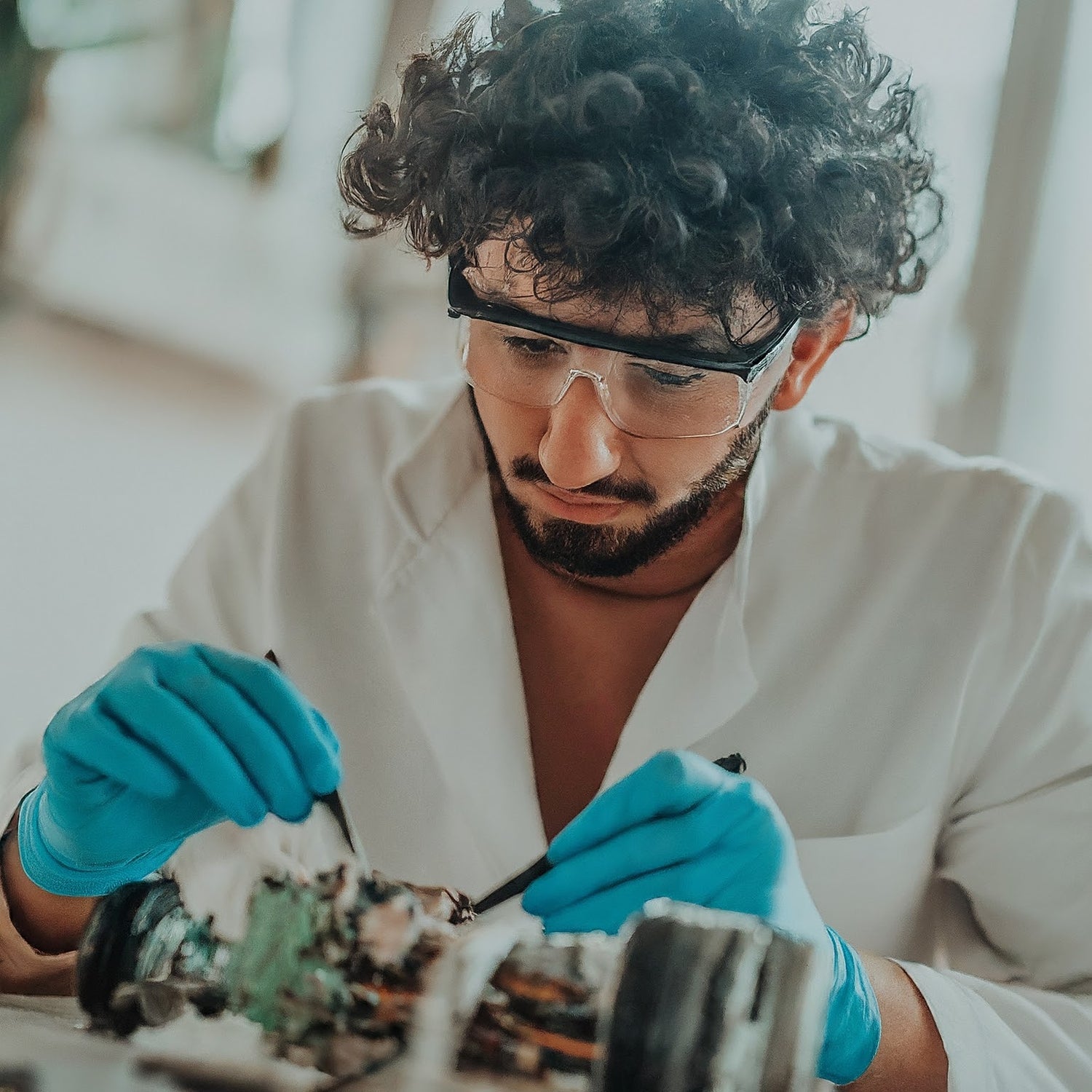The medical device repairing process based on industry-standard practices.
Medical device repairing typically involves several key steps:
- Assessment and Diagnosis: The process begins with an assessment of the medical device to identify any issues or malfunctions. This may involve visual inspection, testing of various components, and review of error logs or alerts generated by the device. Once the assessment is complete, the specific problem(s) are diagnosed.
- Repair Planning: After diagnosis, a repair plan is developed. This plan outlines the steps and procedures required to address the identified issues. It may involve replacing damaged components, adjusting settings, updating software, or performing calibration procedures.
- Repair Execution: Skilled technicians or engineers perform the actual repairs according to the established plan. They use specialized tools, equipment, and techniques to safely and effectively restore the device to working condition. Throughout this process, adherence to relevant regulations and manufacturer guidelines is critical.
- Quality Assurance: Quality assurance is essential to ensure the repaired device meets all performance specifications and safety standards. Rigorous testing is conducted to verify functionality and reliability. This may include diagnostic tests, functional checks, and calibration procedures.
- Documentation and Reporting: Detailed documentation is maintained throughout the repair process. This includes records of the initial assessment, diagnostic findings, repair procedures performed, test results, and any other relevant information. Comprehensive reporting ensures traceability and accountability.
- Final Inspection and Verification: Once repairs are completed and the device passes all quality assurance tests, a final inspection is conducted to verify readiness for use. This involves reviewing all documentation, performing a final functional check, and ensuring compliance with regulatory requirements.
- Return to Service: After successful repair and verification, the device is returned to service. Depending on the type of device and facility policies, additional steps such as reinstallation, calibration, or user training may be necessary before putting the device back into operation.
Throughout the entire process, maintaining patient safety and regulatory compliance is paramount. Effective communication between stakeholders, adherence to standard operating procedures, and continuous improvement efforts are essential for optimizing the medical device repair process.
